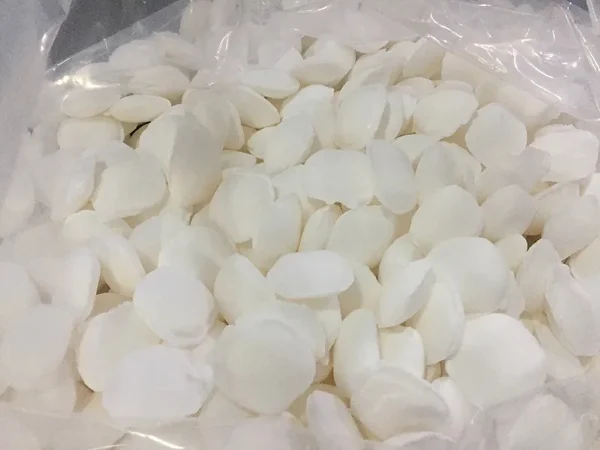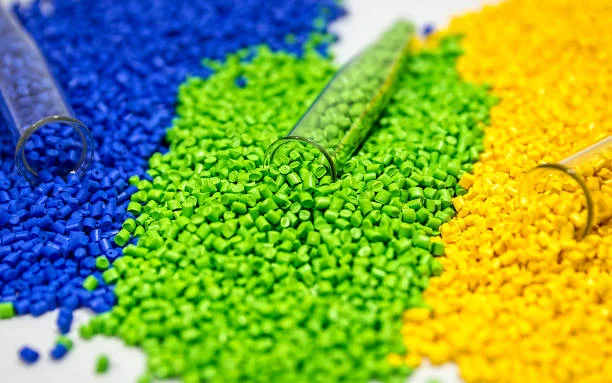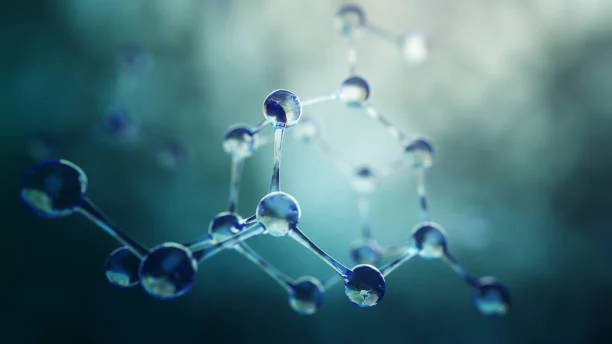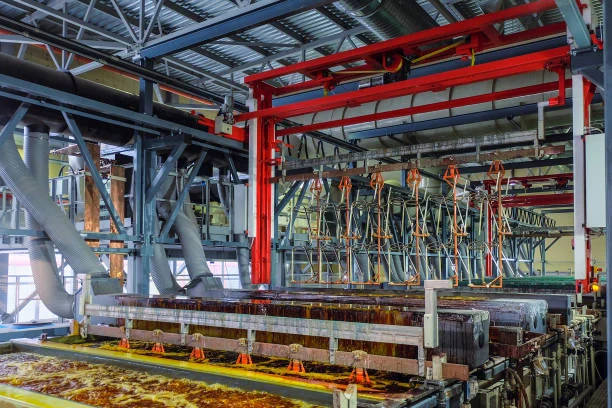
Sodium cyanide, a chemical compound with the formula NaCN, plays a pivotal role in the Dye Industry. It serves as a crucial raw material in the synthesis of a diverse range of dyes, contributing to the vibrant and colorful world of textiles, printing, and other related fields.
1. Synthesis of Various Dyes
1.1 Yellow Dyes
Sodium cyanide is involved in the synthesis of Yellow 139 and Yellow 150. In the chemical reactions for creating these yellow dyes, Sodium Cyanide participates in processes that help form specific molecular structures. For example, it may react with other organic compounds to introduce cyanide groups (-CN), which are essential for the chromophore (the part of the molecule responsible for its color) formation. These yellow dyes find extensive use in textile dyeing, especially for creating bright and vivid yellow hues on fabrics such as cotton, silk, and polyester.
1.2 Indigo
Indigo, one of the most well - known and widely used dyes throughout history, also owes its synthesis to sodium cyanide. The synthesis pathway of indigo often involves reactions where Sodium cyanide reacts with appropriate starting materials, typically through a series of condensation and cyclization reactions. The cyanide group introduced by sodium cyanide is incorporated into the indigo molecule's structure, which gives indigo its characteristic deep blue color. Indigo is predominantly used in the denim industry, giving jeans their classic blue shade.
1.3 Phthalocyanine Blue (Hu Lan)
Phthalocyanine blue, commonly known as Hu Lan, is another important dye synthesized with the aid of sodium cyanide. The synthesis of phthalocyanine - based dyes is a complex process. Sodium cyanide is used to facilitate reactions that lead to the formation of the large, planar phthalocyanine ring structure. The presence of cyanide - derived groups in the molecule influences the electronic properties of the dye, determining its blue color. Phthalocyanine blue dyes are highly valued for their excellent lightfastness and are used in a variety of applications, including automotive coatings, plastics coloring, and high - quality printing inks.
1.4 Fluorescent Whitening Agent VBL
Fluorescent Whitening Agent VBL is widely used to enhance the whiteness and brightness of textiles and paper. Sodium cyanide is an important reagent in its synthesis. During the manufacturing process, sodium cyanide participates in reactions that build the specific molecular structure of the fluorescent whitening agent. The cyanide - related groups are crucial for the agent's ability to absorb ultraviolet light and re - emit it as visible blue - white light, effectively compensating for the yellowish tint of materials and making them appear whiter.
1.5 Disperse Turquoise Blue GL
Disperse Turquoise Blue GL is a popular dye for synthetic fibers such as polyester. Sodium cyanide is utilized in the synthesis to create the necessary chemical bonds and molecular arrangements. By reacting with other organic substances, the cyanide group from sodium cyanide becomes an integral part of the dye molecule, contributing to its turquoise - blue color. This dye is highly suitable for dyeing polyester fabrics due to its good dispersion properties in non - aqueous media.
1.6 Blue 60
Blue 60. like many other dyes, benefits from the use of sodium cyanide in its synthesis. The chemical reactions involving sodium cyanide help construct the unique molecular framework that gives the dye its distinct blue color. It is used in various dyeing applications, including those in the textile and printing industries, where its specific shade of blue is desired.
2. Role in Dye Synthesis Reactions
Sodium cyanide functions in multiple ways during Dye Synthesis. Firstly, it often acts as a nucleophile. In organic synthesis reactions, the cyanide ion (CN⁻) can attack electrophilic centers in other molecules. For example, in the synthesis of indigo, the cyanide ion may attack a carbonyl - containing compound. This nucleophilic attack initiates a series of reactions that ultimately lead to the formation of the indigo molecule.
Secondly, sodium cyanide can be involved in condensation reactions. In the synthesis of phthalocyanine blue, cyanide - containing compounds react with other precursors through condensation reactions, where small molecules are eliminated, and larger, more complex structures are formed. The cyanide groups contribute to the growth of the phthalocyanine ring system.
3. Environmental and Safety Considerations
While sodium cyanide is invaluable in the dye industry, its use also comes with significant environmental and safety concerns. Sodium cyanide is highly toxic. In the dye manufacturing process, strict safety protocols must be in place to prevent any leakage or exposure to workers. Proper handling, storage, and transportation of sodium cyanide are essential.
From an environmental perspective, any wastewater generated during the dye synthesis process that contains sodium cyanide or its reaction by - products must be treated carefully. If released untreated, cyanide - containing wastewater can be extremely harmful to aquatic life. Technologies such as chemical oxidation, biological treatment, and ion - exchange are often employed to remove cyanide from industrial wastewater.
In conclusion, sodium cyanide is an indispensable component in the dye industry, enabling the production of a wide array of colorful and useful dyes. However, its potential hazards must be managed effectively to ensure the safety of workers and the protection of the environment. As the industry continues to evolve, efforts will likely focus on developing more sustainable and safer processes that still harness the benefits of sodium cyanide in dye synthesis.
- Random Content
- Hot content
- Hot review content
- Ammonium Nitrate Porous Prills
- Cyanoacetic acid 99% Powder
- Food Grade Heavy Light Precipitated Calcium Carbonate Powder Granular 99%
- Phthalic anhydride
- Diethylene Glycol
- Di(ethylene Glycol) Vinyl Ether
- Caprylic/capric triglyceride
- 1Discounted Sodium Cyanide (CAS: 143-33-9) for Mining - High Quality & Competitive Pricing
- 2Sodium Cyanide 98% CAS 143-33-9 gold dressing agent Essential for Mining and Chemical Industries
- 3Sodium Cyanide 98%+ CAS 143-33-9
- 4China's New Regulations on Sodium Cyanide Exports and Guidance for International Buyers
- 5Anhydrous Oxalic acid 99.6% Industrial Grade
- 6Oxalic acid for mining 99.6%
- 7Reagent Grade/Industrial Grade Hydrochloric Acid min.31%
- 1Sodium Cyanide 98% CAS 143-33-9 gold dressing agent Essential for Mining and Chemical Industries
- 2High Quality 99% Purity of Cyanuric chloride ISO 9001:2005 REACH Verified Producer
- 3 High-Quality Sodium Cyanide for Leaching
- 4Powdery emulsion explosive
- 5Industry Grade Electron grade 98% Sulfuric Acid H2SO4 Sulphuric Acid Battery Acid Industrial Sulfuric Acid
- 6Colloidal emulsion explosive
- 7sodium hydrosulfide 70% flakes used Mining Industry












Online message consultation
Add comment: